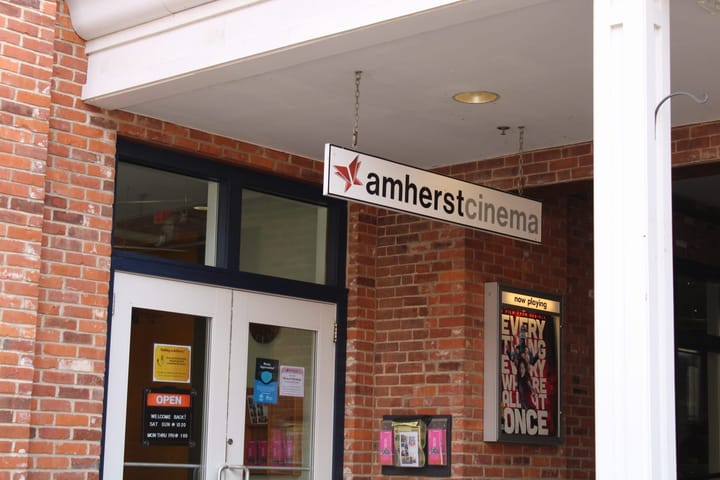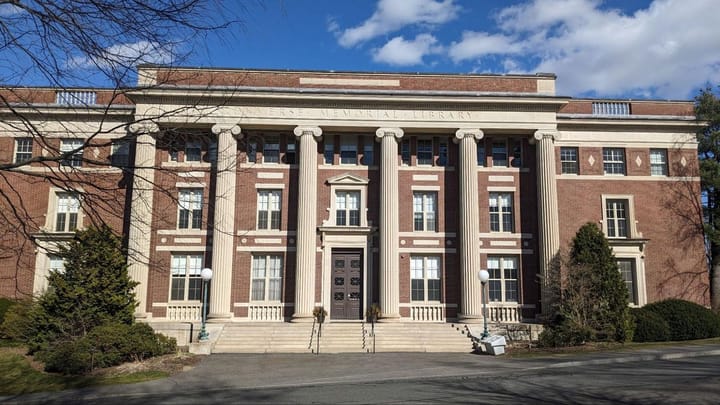Building of a bridge over troubled waters
Kennon’s involvement in the project stemmed from his hope to contribute to the relief efforts at Ground Zero. “We all sort of shared this desire of wanting to do something and we saw this as an area to which no one was paying a lot of attention,” said Kennon.
Shortly after the attacks, the city of New York constructed a small platform, which Kennon described as a “very simple construction reserved primarily for VIPs.” The city soon asked Kennon to help establish something that could tolerate a higher volume of people. “I was absolutely overwhelmed by the numbers of people that were making their way down there,” he said.
But Kennon and his colleagues soon realized that the seemingly simple project of building a platform for people to stand on was much less straightforward than expected. In addition to planning the platform’s design, the architects had to consider both location and financing for the project, as well as plan for the public’s reaction to what seems to some a voyeuristic project.
According to Kennon, he and his colleagues went to great lengths in order to finally secure funding for the platform. The team of architects had to contribute their time and energy in negotiating and raising money. “We started to raise money because the city had no money set aside for this sort of thing,” said Kennon. “We had a series of meetings with about a dozen different city agents. I’m particularly well versed to understand what a miracle it was for this to happen; things just don’t happen that fast in New York.”
Kennon’s team had to juggle many different aspects in planning the design of the platform. It had to be large enough to accommodate the crowds that would visit the site of the attacks without interfering with the recovery operation and the daily lives of New York City’s eight million residents. “We all thought of creating something that would not hinder the work that was going on, a structure that was set back appropriately and that was elevated. We thought that elevating this was a way of dignifying it,” said Kennon.
While Kennon wanted to give the platform some sense of solemnity, he did not want it to acquire the importance of a memorial either. “We had decided early on something like this should not be at all monumental or permanent, because it’s not really meant to be a memorial,” Kennon said. “It’s meant to be an instrument to be something beyond what is on television.”
But for many visitors, the platform itself has taken on meaning, according to Kennon. Many visitors have written their responses to the sight and the emotions it has evoked for them on the platform itself. “It’s worked better than I could have expected,” he said. “The amount of writing has taken on a life of itself. It’s interesting stuff to read, quite profound and moving.”
To some, the prospect of the viewing platform may seem insensitive because it lends a sense of voyeurism to the site of one of America’s most tragic losses of life. Kennon, however, said he believes that opening the platform to the public is a necessary step in America’s healing process.
“I can certainly sympathize with people who are uncomfortable going down there. You cannot understand how enormous the devastation is. It will boggle your mind,” said Kennon. “It’s a quite moving scene that changes minute by minute and day by day. That was something else that motivated us and we believed that the changing contours of the sight were too important to be rendered private.”
For Kennon, the project had endless benefits, starting with the people with whom he worked. “My favorite part of the project, hands down, was working with the people I worked with,” he said. “Everyone was so focused from the beginning. Everyone put their egos aside.”
Although the project proved to be an enjoyable experience for Kennon, he was required to work diligently in order to complete the work within the allotted time. He and his colleagues struggled with many obstacles impeding their efforts. “I would have to say that my least favorite part of it was that I had to do a lot of hardball negotiating with any number of people to get this done,” said Kennon.
“For me it was incredibly rewarding that at least for many people this has been a positive thing in their lives,” he said. “And for those for whom it hasn’t, my heart goes out to them. For me this is all about public appropriating of space. If the World Trade Center is going to be symbolic, might as well do it right.”





Comments ()